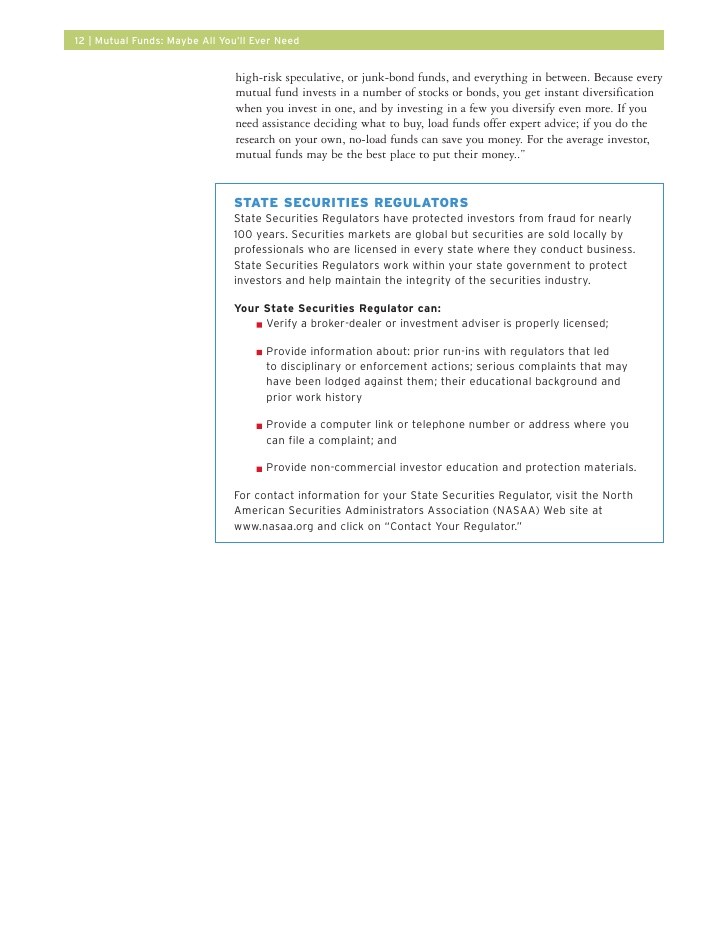Municipal bond funds look tempting if you can take risk
Post on: 12 Апрель, 2015 No Comment

If you were as healthy as your state’s finances, you’d probably be shooing the buzzards away from your iron lung right now. But even though many state budgets are unmitigated disasters, you might be able to make good money from municipal bonds if you can stomach the risks.
Let’s start with greed and move on to fear. You don’t normally associate greed with a municipal bond, which is a long-term IOU issued by states and other local government entities. Munis pay regular interest and return your principal at maturity. Interest from municipal bonds is free from federal taxes; if you live in the state that issues the bond, interest is free from state and local taxes as well.
Currently, long-term California municipal bonds backed by the state’s taxing authority the strongest guarantee a state can offer yield 5.8%. A 30-year U.S. Treasury bond yields 4.55%.
You might not think a 5.8% yield is all that tempting. But suppose you lived in California, where the maximum combined state and federal tax rate is 44.5%. You’d need to earn 10.45% in a fully taxable bond to keep 5.8% after taxes.
Now, 10.45% is a pretty fancy yield. The Standard & Poor’s 500-stock index has earned an average 9.8% a year since 1926, according to Ibbotson Associates, a Chicago research firm. You’d be getting better returns than the historical gains from stocks but you’d be investing in a bond, which, theoretically, is safer than a stock.
Well, theoretically. A bond, like any loan, is only as good as the borrower’s word. And right now, most states are hurting.
They’re all in rough shape, says Mark Zandi, chief economist for Moody’s Economy.com. No state has a great credit outlook, Zandi says. It’s a case of bad and badder.
California’s budget crisis has gotten a great deal of press lately, if only because California’s economy is so big. But other states, such as Arizona and Oklahoma, also have huge budget problems. Arizona’s budget shortfall, for example, is close to 20% of its budget, says Gary Lasman, portfolio manager of MFS Muni High Income fund.
Since October, Standard & Poor’s has downgraded California, Arizona and Illinois. Unfortunately, most states’ woes are likely to get worse before they get better. The recession has taken a huge bite out of tax revenues. State tax revenues are where they were in 2006, Zandi says. The collapse of the real estate market has sent property tax revenues plunging, too. And when taxpayers are worried about keeping their jobs, they don’t spend as much, and that hurts sales tax revenues.
At the same time, state expenses have gone up. States are shelling out more for Medicare and unemployment insurance for example, as unemployment has risen. States are getting hit from all sides, Zandi says.
Because investors worry about default risk, muni yields have risen. That’s not necessarily a good thing. A bond never changes the interest rate it pays. If you own a bond that pays $50 a year in interest, it will pay $50 in interest until it matures.
A bond’s yield is its interest payment divided by its price. As a simple example, a $1,000 bond that pays $50 in annual interest yields 5%. To push up the yield, traders whack the price. Chop the bond’s price to $900, for example, and its yield will rise to 5.6%.
Bond traders use a more complex calculation called yield to maturity, but you get the idea. As the odds of default rise, traders push down a bond’s price and push up its yield. You’re getting high muni bond yields because the odds of default have risen.
So far, we’ve been talking about muni bonds backed by state taxing power, or general obligation bonds. Other municipal entities, such as towns, universities and airports, may have lower credit ratings. Those with the lowest ratings are called high-yield muni bonds. Like high-yield corporate junk bonds, high-yield munis have high yields because they have greater credit risk.
But the default risk of a high-yield muni is considerably less than a corporate high-yield bond. Municipal bankruptcies are extremely rare. Corporate bankruptcies? Not so much.
Should the economy improve, muni bond prices, and particularly high-yield muni prices, should rise, too. Bear in mind, however, that rising interest rates hurt bond prices, too. In the normal course of events, a healthy economy produces higher interest rates.
So if you’re looking for high, tax-free yields, be aware that you’re taking on a fair amount of risk but not as much as you’d be taking with stocks or corporate junk bonds. The next few months are likely to be rocky for the muni market, and particularly the high-yield muni market. If you sob when your fund’s share price falls, it’s not for you.
On the other hand, if you can tolerate some risk and need income, a muni fund or a high-yield muni fund might not be a bad idea. (Buying individual bonds is best left to the pros.) The top high-yield muni funds are in the chart. A small allocation might help keep the buzzards at bay.














